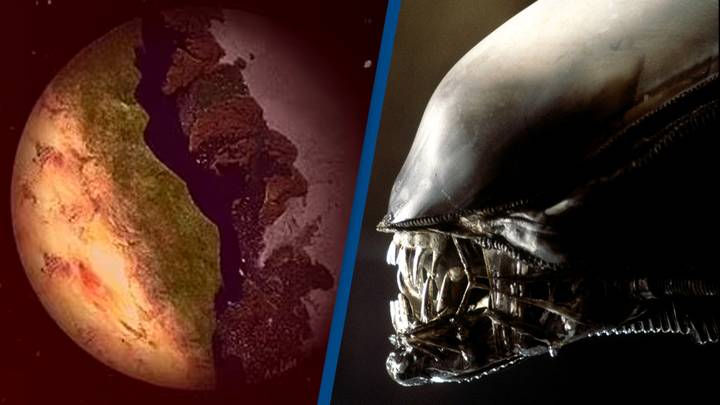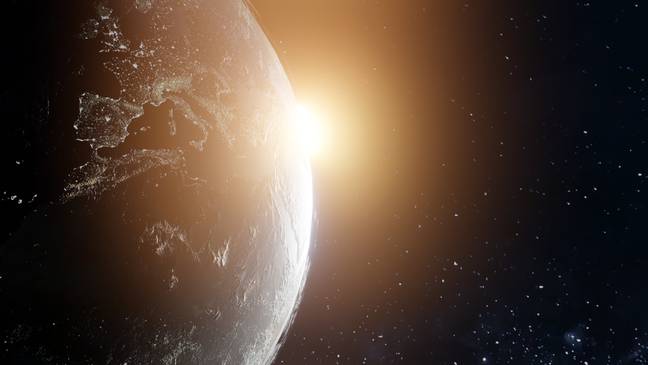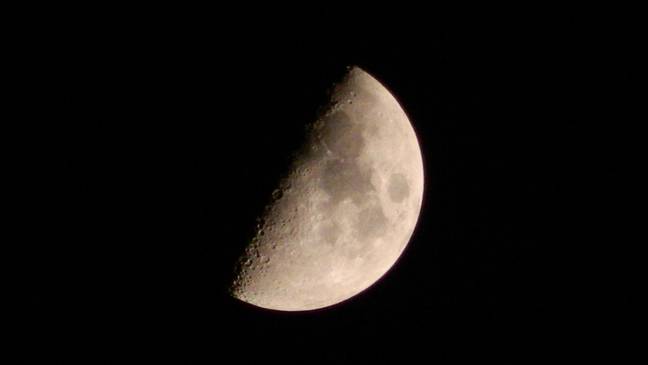If you’re interested in the prospect of extra-terrestrial life lurking out there in the depths of the internet, science might have some new information to share with you.

The information concerns areas of planets that they’re calling ‘terminator zones’, though we’re not expecting any murderous robots with European accents to show up.
You can never be too careful, though.
To get to the bottom of what we’re talking about here, first we have to understand the concept of a tidally locked planet There’s loads of them out there in the universe – to be fair, there’s loads of just about everything out there, as it’s really big – orbiting around stars, minding their own business.
The nature of a tidally locked planet means that it always revolves with one side facing the star that it orbits, meaning that one side is in permanent daylight, whereas the other side is in perma-night.

Even the earth has a terminator – it just moves around as the planet rotates. Credit: Pexels
That means that the side facing the sun is usually very warm, to the point of being almost certainly uninhabitable, whereas the other side is exposed to the freezing cold and dark of space, which also renders it inhospitable to life.
However, there are areas of intersection between the light and the dark that could harbour the right conditions for life, such as liquid water.
These are those ‘terminator zones’ we’ve told you about.
The name – in case you were wondering – denotes the area between light and dark.
The line is known as a ‘terminator’ – nothing at all to do with Arnie or the aforementioned malevolent automaton.
This theory has been posited by the astronomers at the University of California, who noted that 70 percent of known stars in the universe are M-dwarf stars, which is the type of star that exoplanets with terminator zones orbit commonly.
Dr Ana Lobo, a postdoctoral researcher at the university, explained: “You want a planet that’s in the sweet spot of just the right temperature for having liquid water.
“This is a planet where the dayside can be scorching hot, well beyond habitability, and the night side is going to be freezing, potentially covered in ice.
“You could have large glaciers on the night side.”

Life could exist in the areas between light and dark on these exoplanets. Credit: Pexels
Dr Lobo and the team computer simulated the climate of various terminator planets, discovering that there’s a chance that they could sustain life.
That’s a first, by the way.
Unfortunately, there’s a chance that any life on those planets might be contained to a tiny area of the total surface of the planet, for fear of being either frozen or cooked alive, but given the number of M-dwarf planets out there in the cosmos, there’s a compelling case to be made that if we’re going to find life anywhere, it’d be on a planet such as this.
“By exploring these exotic climate states, we increase our chances of finding and properly identifying a habitable planet in the near future,” Dr Lobo explained.
As ever, the truth is out there, folks.








